Darmstadt: a godsend for aesthetes and intellectuals
Creative atmosphere and intellectual potential – this is how you can introduce Darmstadt in short. For a little over a hundred years it acquired the glory of a scientific town and progressive center of innovations. However the city also attracts people of art. A group of painters founded a colony on the hill of Mathildenhöhe, having constructed a modernist quarter; Austrian Hundertwasser presented a complex “Forest Spiral” to the city, while the most talented writers of Germany receive the Georg Büchner Prize in Darmstadt.
See all
Restaurants
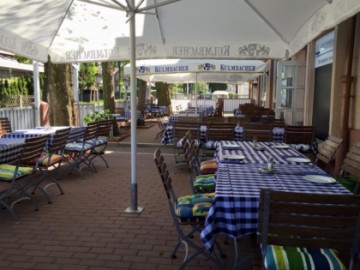
Attilio's Mare Monti
Restaurant • Pizzeria
+49 6151 8606991
Payment methods:
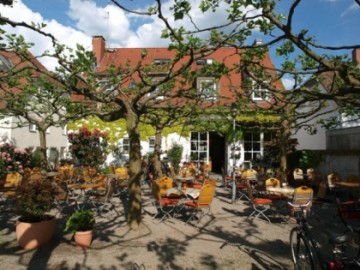
Belleville
Restaurant • Biergarten • Snack bar • Catering
+49 6151 664091
Payment methods:
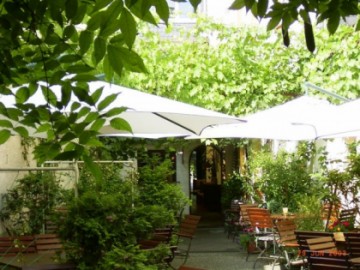
Bockshaut
Restaurant • Hotel • Wine bar
+49 6151 61519967
Payment methods:
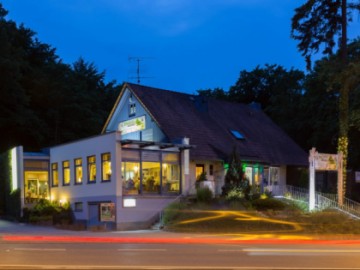
Bolle
Restaurant • Biergarten • Café
+49 6151 422987
Payment methods:
All sights in DarmstadtSee all
Landmarks in the city Darmstadt

Rosenhöhe Park
Parks and recreation

Wedding Tower
Other places

Artists’ Colony of Darmstadt
Architectural Monuments • Other places

Snail house “Forest Spiral”
Architectural Monuments • Other places
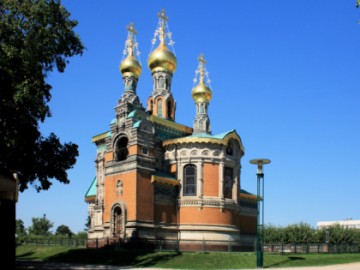
Maria Magdalena church
Architectural Monuments

Hessenian State Museum
Museums and Exhibitions
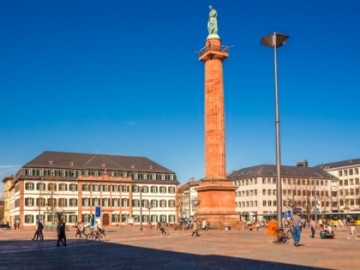
Luisenplatz
Architectural Monuments

Auditorium and gallery in Weisser Turm
Museums and Exhibitions
Nearby

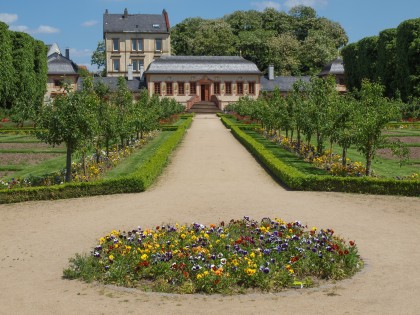



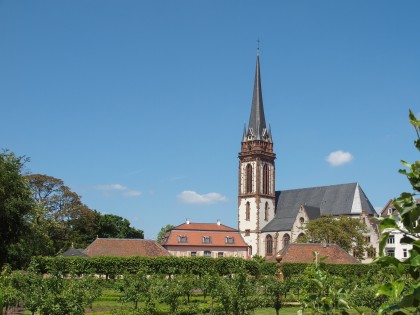
 Parks and recreation
Parks and recreation
 Museums and Exhibitions
Museums and Exhibitions
 Architectural Monuments
Architectural Monuments
 Other places
Other places